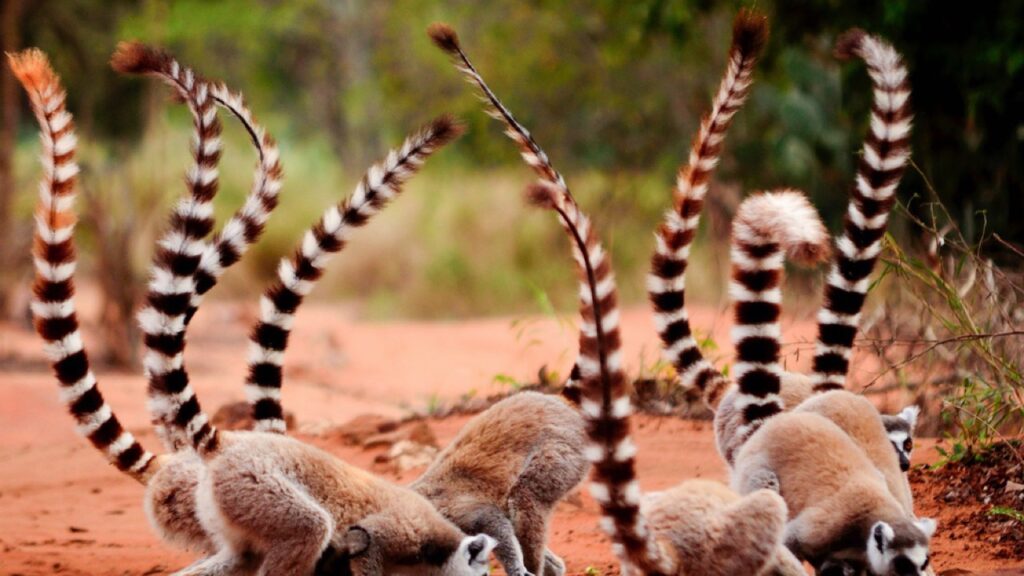Animal tails are more than just a cute appendage – they serve a variety of important purposes for creatures across the animal kingdom. From balance to communication, these amazing body parts help animals survive and thrive in their environments. Let’s explore 15 fascinating functions of animal tails!
Balance and Stability
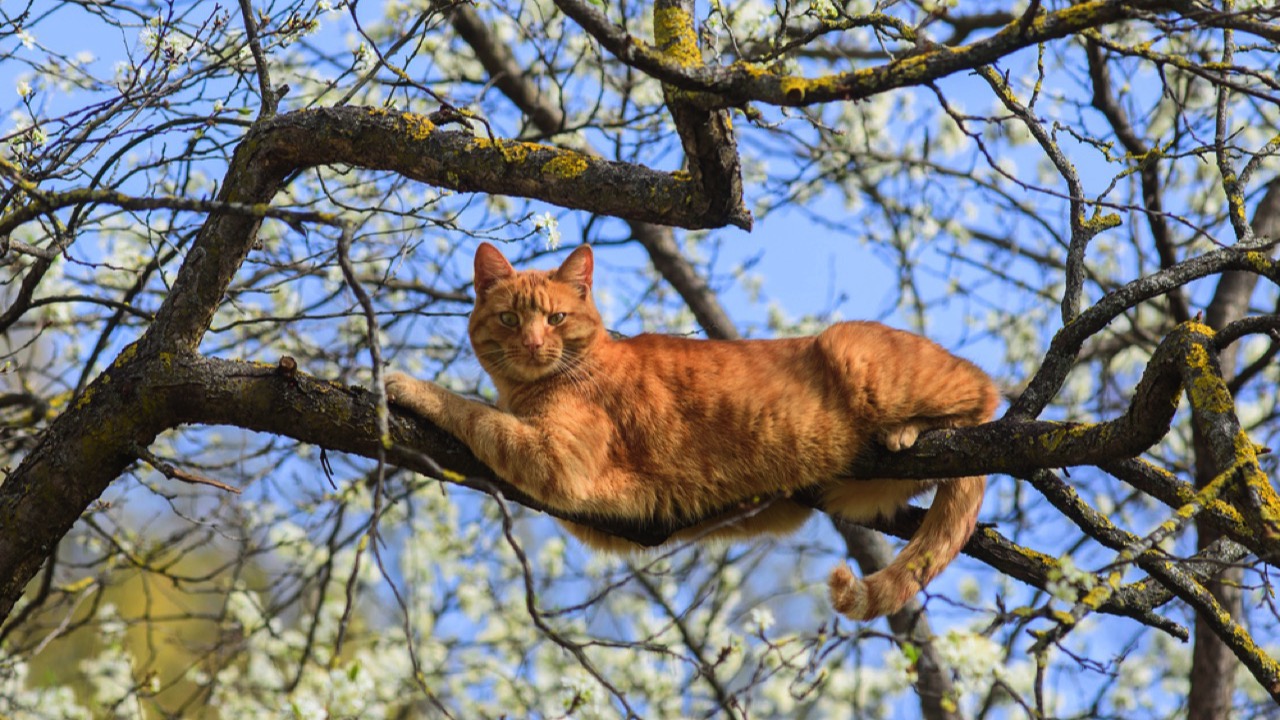
Many animals, such as squirrels and cats, use their tails to maintain balance while navigating tricky surfaces like tree branches or narrow ledges. The tail acts as a counterbalance, helping the animal stay upright and stable.
Steering and Propulsion

Aquatic animals like fish and crocodiles use their tails to steer through water and propel themselves forward. The powerful muscles in their tails allow them to swim quickly and efficiently, whether chasing prey or escaping predators.
Communication and Expression

Dogs are well-known for using their tails to communicate their emotions. A wagging tail often indicates happiness or excitement, while a tucked tail can signal fear or submission. Other animals, like cats and horses, also use their tails to express their moods.
Warmth and Insulation
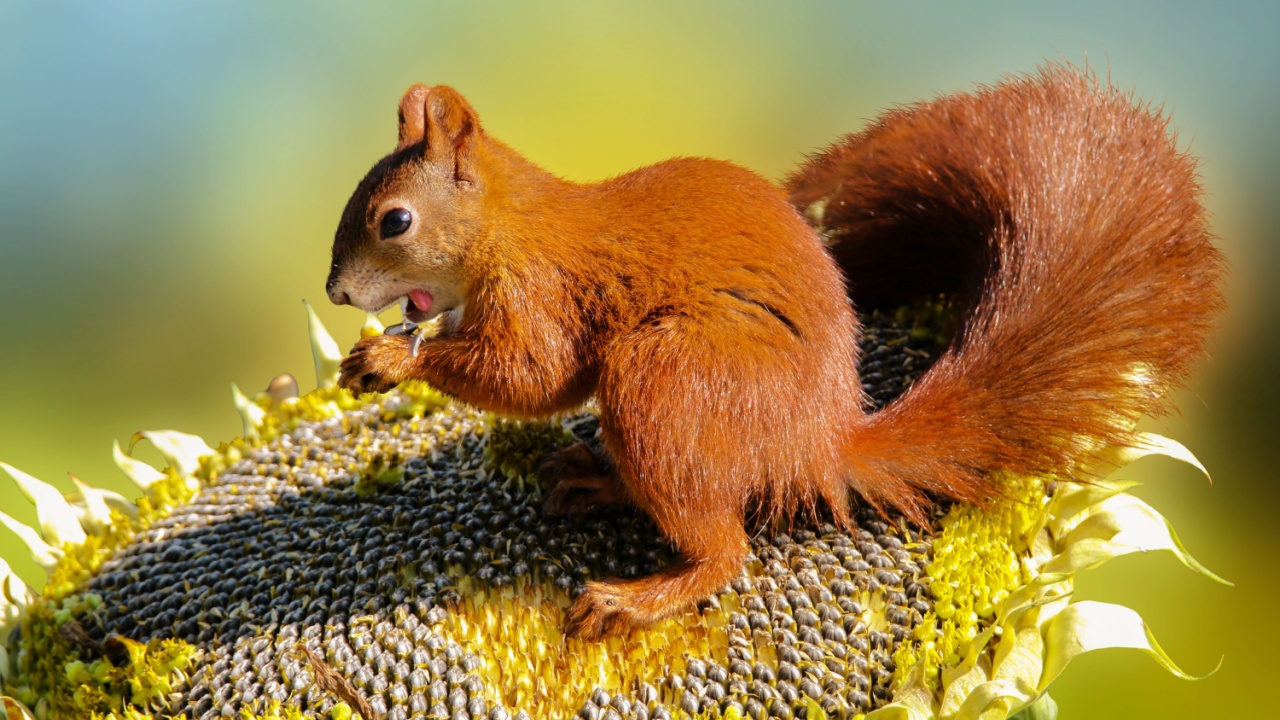
Some animals, like foxes and squirrels, use their bushy tails as a blanket to keep warm during cold weather. They curl up with their tails wrapped around their bodies, trapping heat and providing insulation.
Swatting Away Pests

Horses, cows, and other grazing animals use their tails to swat away pesky insects like flies and mosquitoes. This helps protect them from bites and potential diseases carried by these pests.
Courtship and Mating

Male peacocks famously use their spectacular tail feathers to attract mates. The more impressive the tail, the more likely a male is to find a partner. Other animals, like some species of lizards, also use their tails in courtship displays.
Distraction and Defense
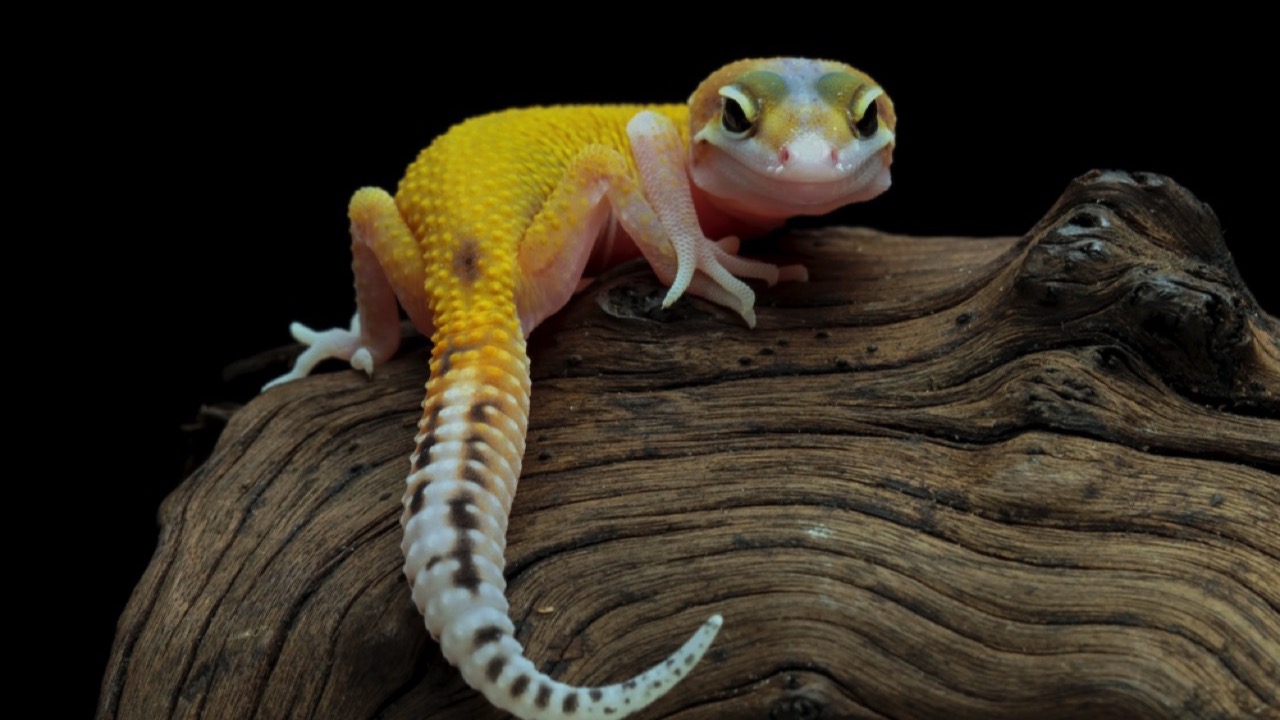
Some lizards, like geckos, have the ability to detach their tails when threatened by predators. The detached tail continues to wiggle, distracting the predator and allowing the lizard to escape. The tail eventually grows back.
Tree-Hanging and Climbing
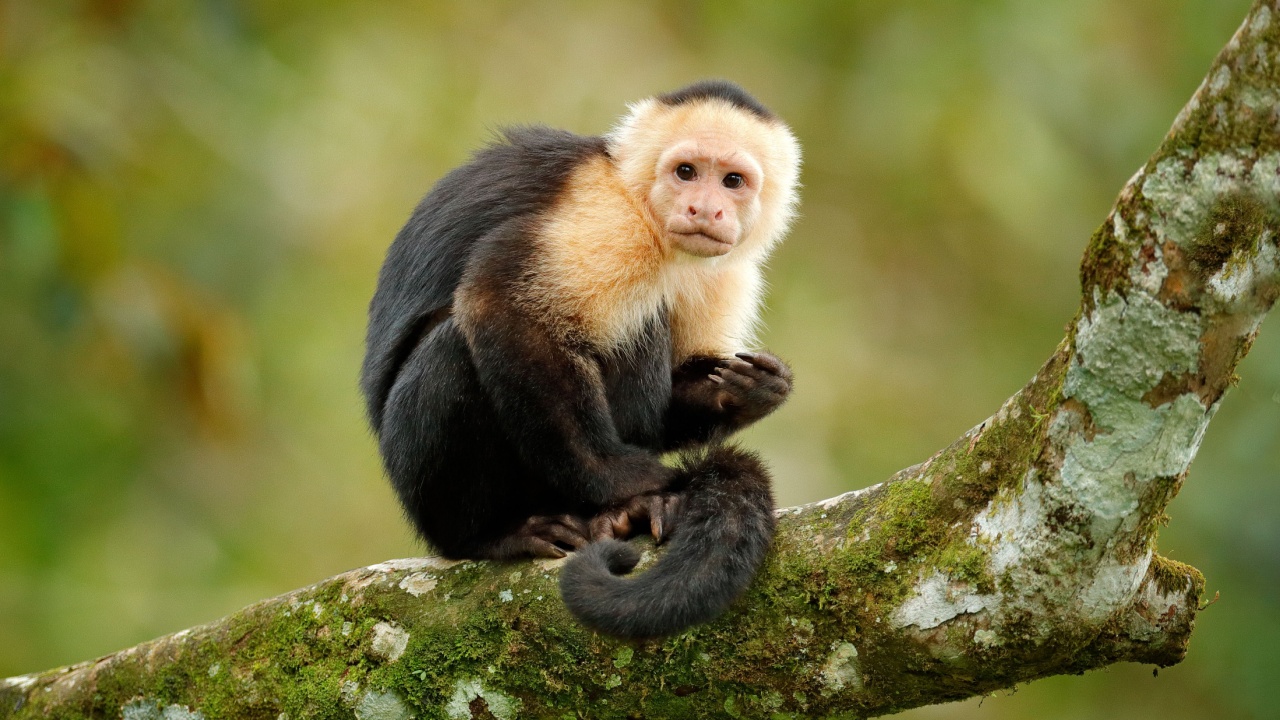
Monkeys and opossums use their prehensile tails to hang from branches and aid in climbing. These flexible, muscular tails act as a fifth limb, providing extra support and stability in the treetops.
Seed Dispersal

Some plant seeds stick to the furry tails of animals like squirrels and foxes. As the animals move around, they unknowingly help disperse the seeds to new areas, aiding in plant reproduction and ecosystem diversity.
Hunting and Foraging
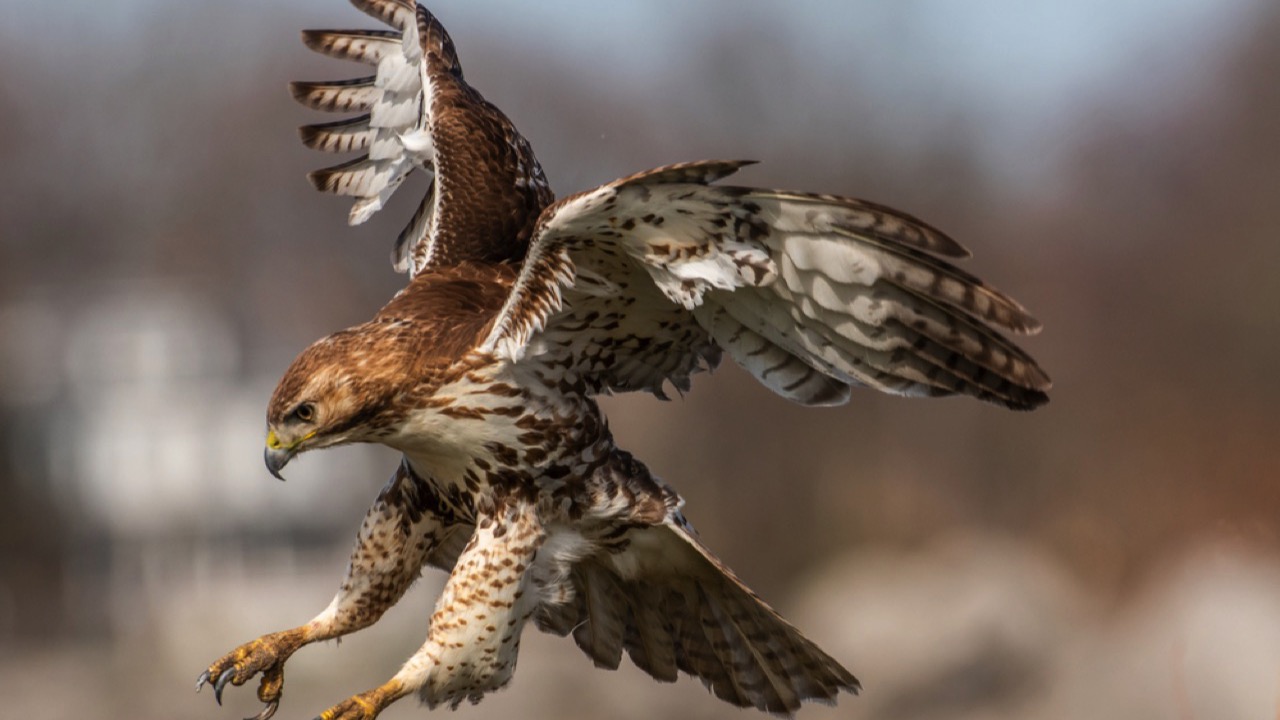
Red-tailed hawks and other raptors use their tail feathers to help steer and brake while diving for prey. The tail acts as a rudder, allowing the bird to make precise movements and adjust its speed during the hunt.
Camouflage and Mimicry
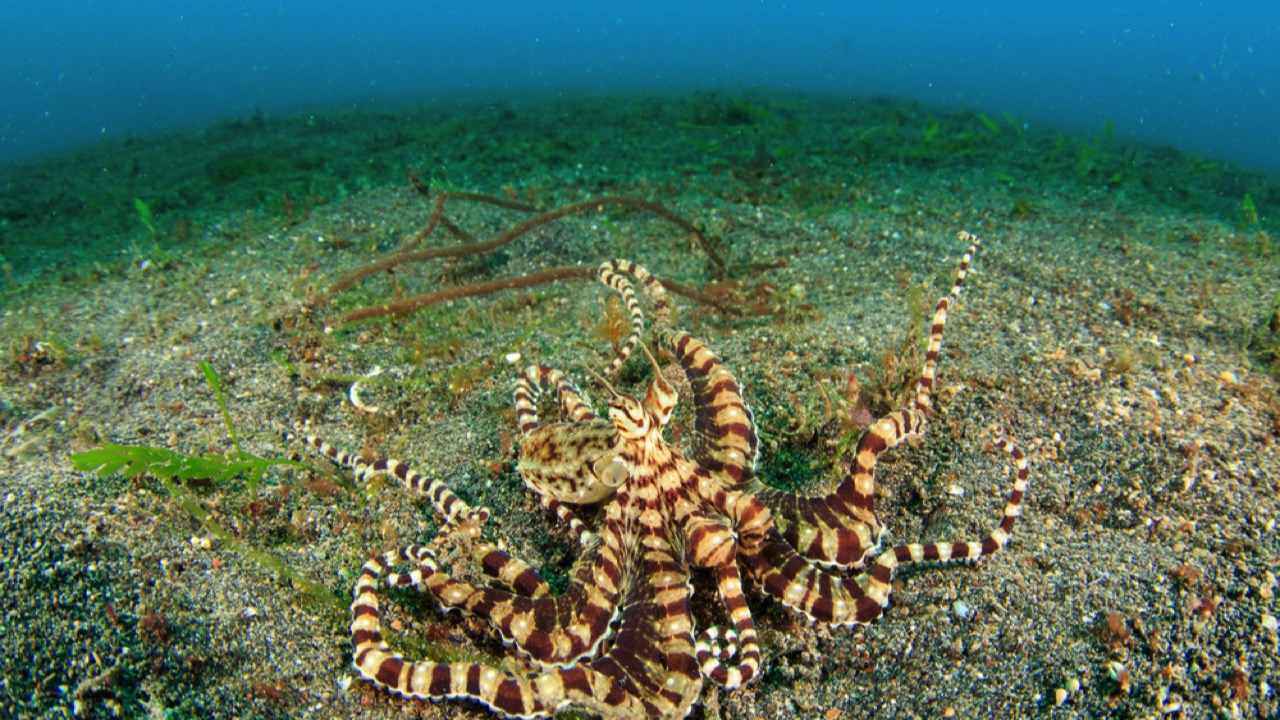
Some animals, like leaf-tailed geckos, have tails that resemble leaves, helping them blend into their surroundings and avoid detection by predators. Other animals, like mimic octopuses, can change the shape and color of their tails to imitate other creatures.
Nest Building

Birds like the long-tailed tit use their tails to help gather and carry nesting materials. The tail acts as a support and balance aid while the bird carefully constructs its intricate nest.
Water Collection
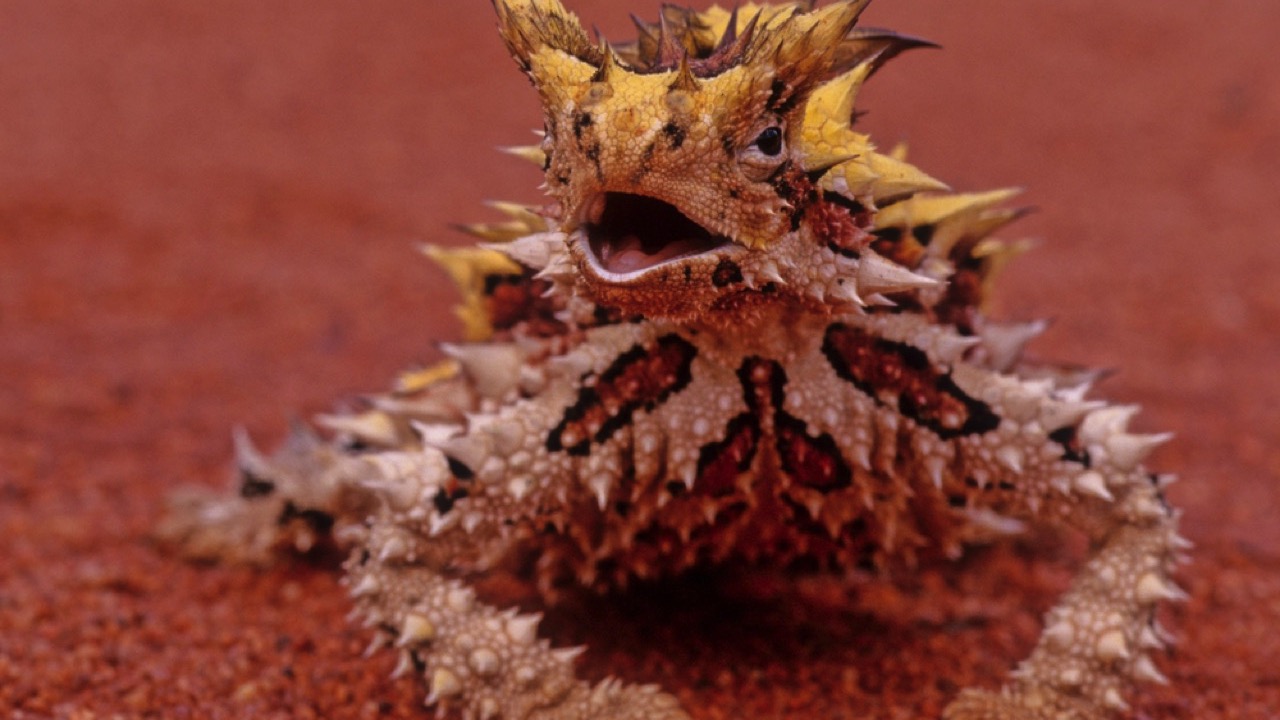
The thorny devil, a lizard native to Australia, has a unique system of microscopic grooves and channels on its skin that help direct dew and rainwater towards its mouth. Its tail plays a crucial role in this process, acting as a reservoir for the collected water.
Burrowing and Digging

Many animals, like kangaroo rats and pangolins, use their tails to help push dirt and debris behind them as they burrow underground. The tail acts as a stabilizer and extra limb, making digging easier and more efficient.
Social Bonding
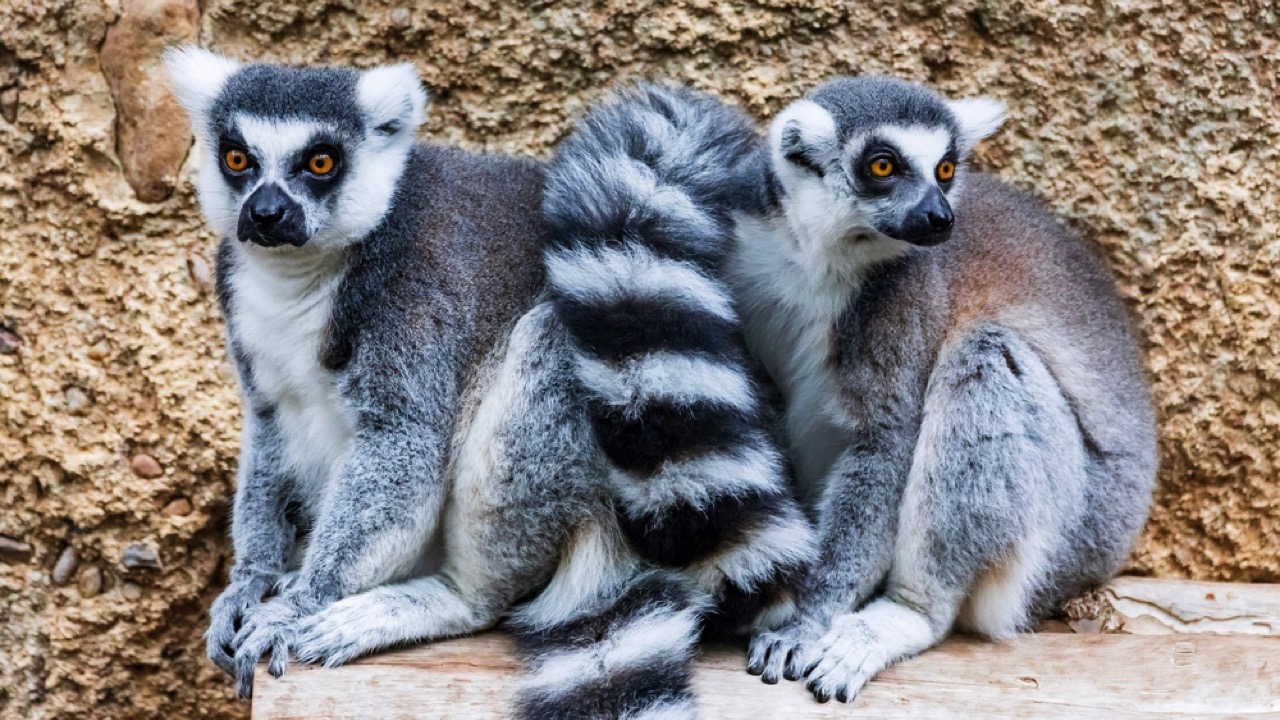
Ring-tailed lemurs engage in a behavior called “stink-fighting,” where they rub their tails against scent glands on their wrists and then wave their tails at each other. This unique form of communication helps establish social bonds and hierarchies within the group.
Becky is a fervent wildlife enthusiast and pet care expert with a diploma in canine nutrition. Her love for animals stretches beyond the domestic, embracing the wild tapestry of global fauna. With over a decade of experience in animal welfare, Becky lends her expertise to OutlandishOwl through insightful articles, captivating wildlife information, and invaluable guidance on pet nutrition. Her work embodies a deep commitment to understanding the intricate lives of animals and a passion for educating others on sustaining natural habitats. Becky's hands-on conservation efforts and her knack for translating complex dietary science into practical pet feeding tips make her an indispensable voice for creatures great and small.

